Within this feature we will be focusing on gas safety in gazebos and the challenges that the warmer weather can bring.
It is going to get pretty hot working inside a gazebo this summer. Especially when there are gas appliances in use, adding to the heat. There will be less breeze/movement of air, so we recommend checking your arrangements for ventilation to ensure your wellbeing during this busy trading season.
Ventilation & Air Quality Management
We fire up cooking appliances by mixing gas, air and a spark to create the flame. That flame stays alive by burning the oxygen in the air (combustion). The gas fired appliances are subsequently taking the same oxygen that you need to breath comfortably from within the working space. Meanwhile you are breathing in the Products of Combustion (POCs) e.g. Carbon dioxide (CO2) and other impurities, especially if you burn the food!
To ensure adequate ventilation inside a gazebo where gas appliances are in use, the general rule it to avoid closing up all the side panels of the gazebo. If you remove the back panel of the gazebo and have the front panel at least half down for service, this will ordinarily provide you with a free flow of air. Removal of the back panel will create a natural path of air through cross ventilation (wind tunnel effect), ensuring an adequate supply of fresh make up air and a path for the POCs to escape.
In hot weather when there is less breeze/air movement consider whether you can further improve ventilation and air quality by additionally removing the side panels of the gazebo or adjusting them to a halfway position. Being able to fold the side panels into halfway position can still allow for a protective boundary around the trading area whilst allowing for further ventilation. If the sides of your gazebo will not fold into a halfway position and you still need to provide a protective boundary to your trading areas, then you could still remove the gazebo sides and in their place use some lower height portable barriers to cordon off the sides. This will allow additional air into the gazebo making it more comfortable to breath.
Air Quality is the most important thing when using large gas fired appliances in small, confined spaces and it is the one thing in street food that is free! So don’t close up the sides of your gazebo, instead utlise the free air and trade safely.
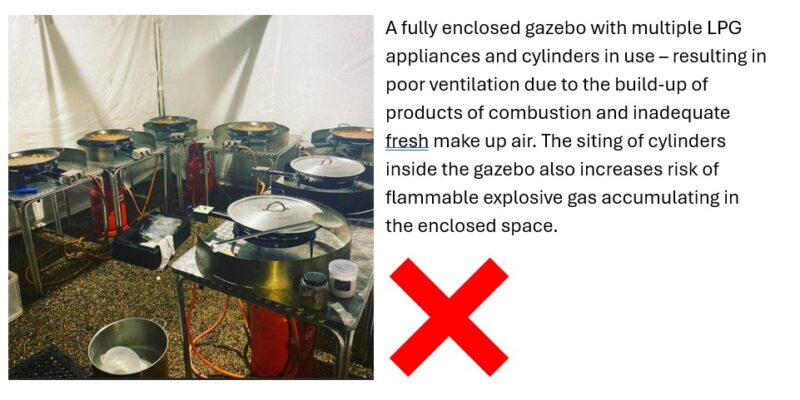

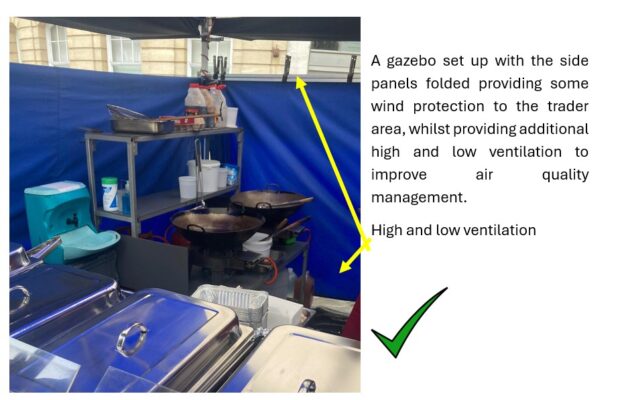
Check the flame on your appliances
The colour and behaviour of the gas flame on your cooking appliances can indicate that there is insufficient air in the workspace.
A blue flame on an appliance is a good thing! It indicates that the appliance is receiving the right amount of air/ventilation to enable complete combustion and for the flame to remain lit.
A yellow and wispy or an orange and angry flame can be an indication that there is insufficient ventilation to support combustion and vitiation of the air may be occurring. If the ventilation is insufficient, then the products of combustion and cooking will start to fill the work area. When this occurs, the appliances will use up all of the available air (when the quality of air is diminished in this way it is called vitiating). This can lead to the production of the poisonous gas, Carbon Monoxide.
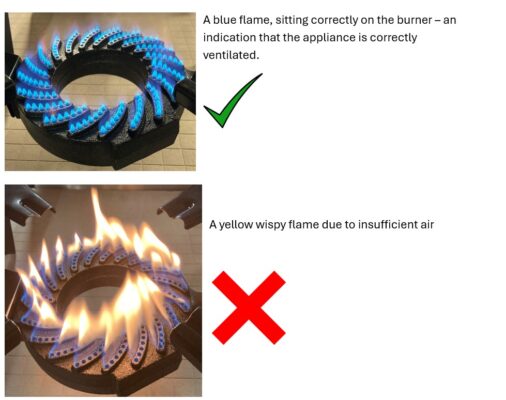

Health & Wellbeing
Keep hydrated whilst working in the summer heat, and if you start to feel drowsy then check the ventilation.
You can’t see, smell or taste the poisonous gas, Carbon Monoxide (CO). It can cause serious harm if inhaled over a period of time and in extreme cases it can cause paralysis, brain damage and even death.
We recommend you are familiar with the symptoms of carbon monoxide poisoning which include:
- Headaches or dizziness
- Breathlessness
- Nausea
- Loss of consciousness
- Tiredness
- Pains in the chest or stomach
- Erratic behaviour
- Visual problems
The symptoms can be confused with symptoms of the flu, and they can come and go, get worse while in the affected area and then get better once leaving the area.
For more information visit https://www.nhs.uk/conditions/carbon-monoxide-poisoning/
Siting LPG cylinders in sunny weather
Where possible site cylinders out of direct sunlight. Exposure to intense heat can increase the chemical reaction within the cylinder (increase the offtake of the gas).
Pay particular attention to maintaining the minimum distances.
A minimum distance of 1m between LPG cylinders and:
- Ignitable sources e.g., generators and cooking appliances.
- Combustible materials e.g., rubbish and vegetation, sides of gazebo.
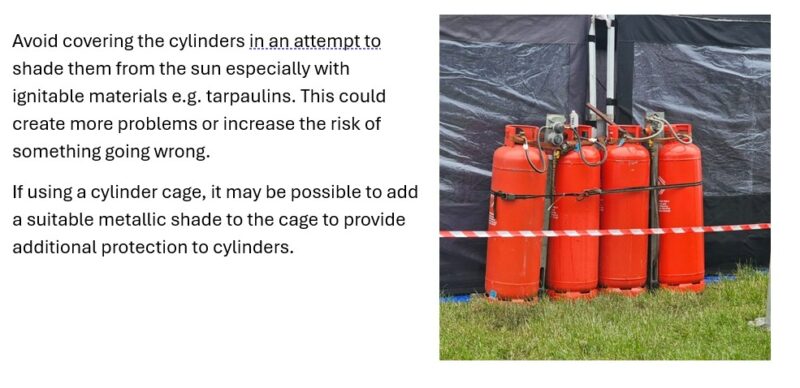

More information
Remember to refer to the NCASS Gas Safety Checklist for Gazebos, Tents or Marquees which is included within the NCASS SMS. The checklist will allow you to comprehensively assess the safety of your LPG set up and details the open and close procedures.
For more useful advice and information check out all the previous features “LPG Safety in the Spotlight” on the NCASS Gas Hub.
Check out our free guides on the NCASS Gas Hub Free Resources area
Are you looking for a Gas Safe Registered LPG engineer? Find your nearest Gas Engineer Partner (GEP) – tried and trusted engineers competent in LPG.


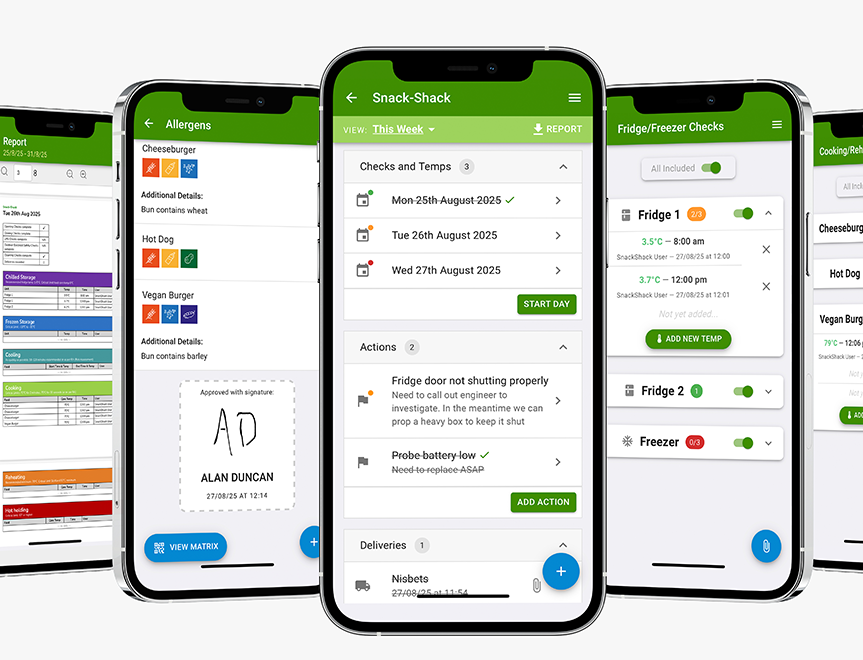

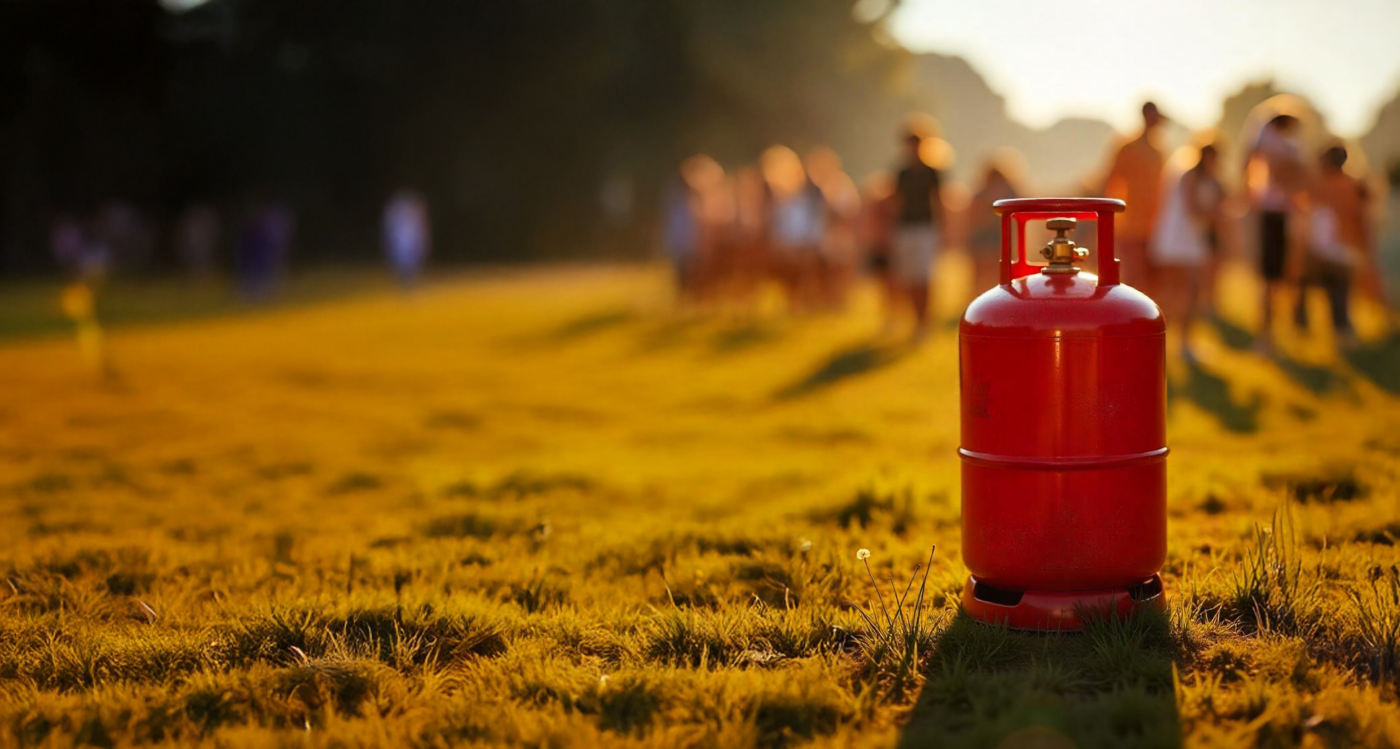

 Featured Training
Featured Training
OUR MEMBERSHIP
We're here to help make your catering business a success. Whether that be starting up or getting on top of your compliance and marketing. We're here to help you succeed.
Want our latest content?
Subscribe to our mailing list and get weekly insights, resources and articles for free
Get the emails